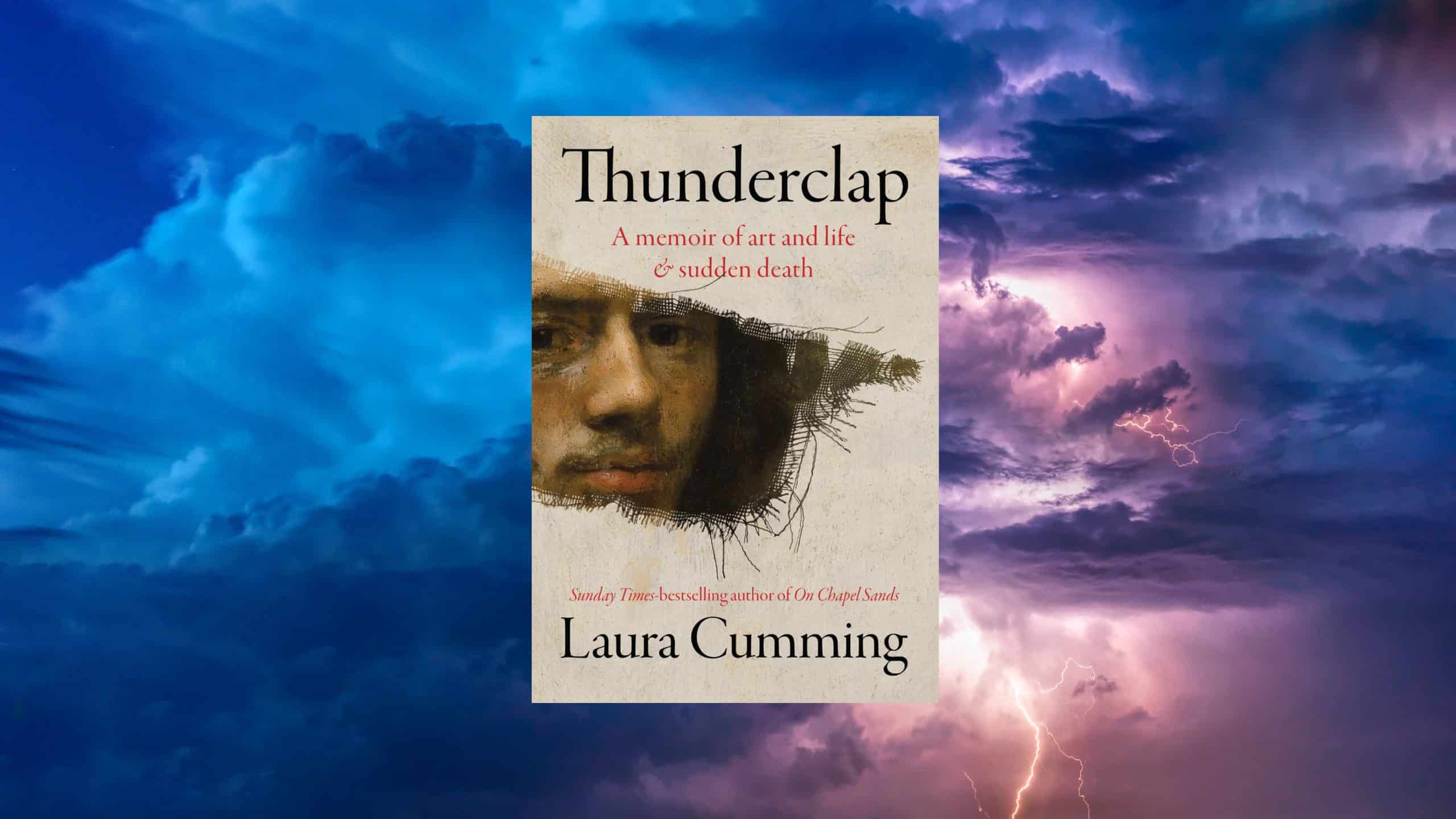
It’s hard to go far online without being promised The 7 Keys to Success, 10 Ways to Make People Like You or 3 Tips That Will Revolutionise Your Practice. It seems unlikely that these things can be reduced to a few simple bullet points, and yet, it’s hard to resist the allure of the headlines, with their subtext that the universe obeys a hidden code, and that if we only pay attention and do it right, everything will be okay.
Each of us looks at the same universe, but we see our own private worlds.
The more obvious truth is that life is messy, uncertain, and full of ambiguities which must be negotiated with care. Deciding what to do is rarely clear-cut but depends instead on weighing up the likely costs, benefits and burdens of any course of action across multiple domains, based on limited information and in the light of our own experience, priorities and available resources. This is the bigger picture in which we live, but we cannot constantly keep it in view without feeling overwhelmed: a world so complex and unpredictable is just too strange and threatening. Human kind cannot bear very much reality.1 We all have to find a way of coming to terms with this, of dialling down reality so that day-to-day life becomes manageable, and bridging the gap between the things we know for sure and the decisions we need to make. Most decisions are not perfect, but they really only need to be good enough. If you want to make an accurate weather forecast, you’re going to need a model and a lot of data and computing power, but if you just need to know what to wear to the shop, look out of the window.
Consider the consultation: a doctor may choose to follow their gut or rely on their knowledge of current guidance and best practice; they may prefer the consistency of always doing things the same way or the security of deferring to an expert; or they may simply do what is quickest, requires least effort or pleases their patient. All these approaches represent different approximations, grids through which we strain our experience to catch the parts we can work with; reality-lite. Each of us looks at the same universe, but we see our own private worlds.
Patients are the same, giving us information which is necessarily incomplete, but intended to help us form the correct impression: everything is okay really; something must be done; I’m falling apart. Just as the same story can be told and understood in different ways, so the same patient might receive reassurance from one doctor, from another a prescription, and from a third, hospital admission. That may seem worryingly subjective, but it’s certainly in keeping with experience.
The approximation we are taught at medical school is that patients are telling us their diagnosis.
What we decide to do depends largely on which brand of reality-lite we use. We can say as an article of faith that there is an objective world of appendicitis, asthma and brain tumours out there, while also recognising that our grasp of that world is less secure than we like to think, and that in practice things are often different to how they first seem. The key, perhaps, is not to be too attached to our own perspective, but to acknowledge it as one of many that may be more or less useful in a given scenario, and that may or may not match that of our patient.
The approximation we are taught at medical school is that patients are telling us their diagnosis.2 Although this is true to a point, patients are generally saying more about their perspective than their pathology, in the same way that a ray of sunlight in a dark tool-shed tells us a little about how dusty the shed is, but much more about the sun.3 The prerequisite to any successful communication is a basic agreement about what is being communicated. We may not inhabit the same experiential world as our patients, but we should at least be able to visit.
My killer tip to revolutionise your practice, then, is that the best way to make a decision is to do it together with the patient, not because they are right, or for the sake of being patient-centred, but because the origin and consequences of their problem play out in their world, and we are there as guests.
References
- TS Eliot, Four Quartets, Burnt Norton, 1944, first published by Faber & Faber Ltd
- Aronson JK, When I use a word . . . . Listening to the patient, BMJ, 2022;376:o646
- CS Lewis, Meditation in a toolshed, published in God in the Dock: Essays on Theology and Ethics, Eerdmans, 1970
Deputy Editor’s note: see also Ben Hoban’s thoughts on ‘Retrospectroscopy‘
Featured image by Robert Ruggiero on Unsplash








